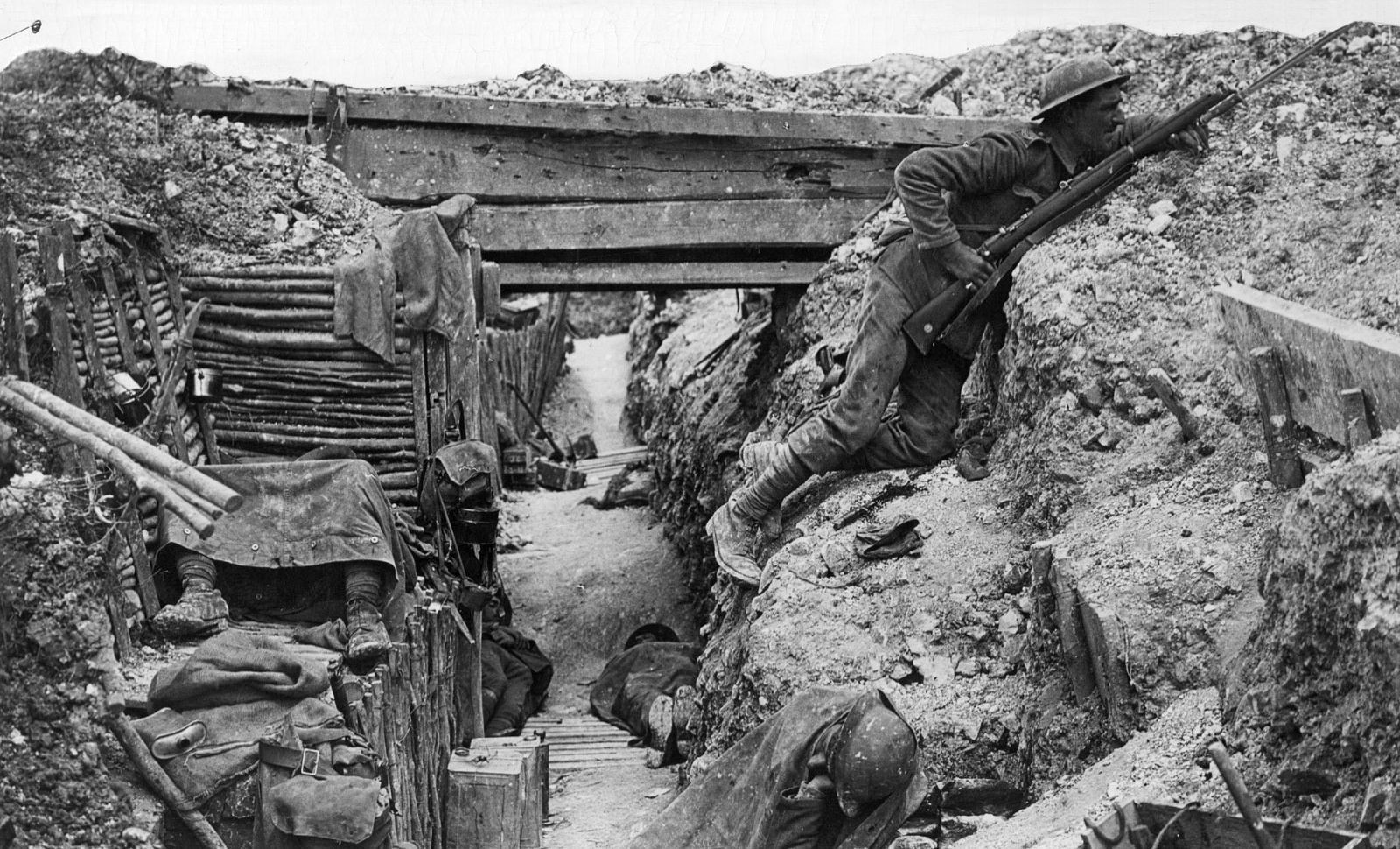Trench warfare is a type of land warfare using occupied fighting lines largely comprising military trenches, in which troops are largely protected from the enemy’s small arms fire and are substantially sheltered from artillery. It reached its most extreme form on the Western Front during World War I.
The Fundamentals of Trench Warfare
At its core, trench warfare involves opposing forces attacking, counter-attacking, and defending from relatively permanent systems of trenches dug into the ground. These trench systems are typically close to one another, creating a “no man’s land” between the opposing sides. This type of warfare often arises when the superior firepower of the defense forces the attacking side to dig in, sacrificing mobility for protection.
Evolution of Trench Systems
The development of trench warfare is gradual. It often begins with soldiers digging individual foxholes for cover. These foxholes are then deepened to allow soldiers to stand and may be connected by shallow trenches. Over time, these rudimentary defenses evolve into more permanent field fortifications. Soil excavated from the trench is used to create parapets, providing additional cover. Within the trench, firing positions are established along a raised step, known as a fire step, and duckboards are placed on the muddy floor for secure footing.
The tactical precursor to modern trench warfare can be traced back to the system of progressively extended trenches developed by the French military engineer Sébastien Le Prestre de Vauban for attacking fortresses in the 17th century. While trenches remained primarily a part of siege warfare for centuries, the increasing firepower of small arms and cannons eventually compelled both sides to utilize trenches in open field battles. The American Civil War (1861–65), particularly the Petersburg–Richmond campaign, serves as a prime example of trench warfare in the 19th century.
Trench Warfare in World War I: A Static Attrition
Trench warfare reached its peak during World War I (1914–18) on the Western Front. Armies of millions faced each other in a continuous line of trenches stretching from the Belgian coast through northeastern France to Switzerland. This stalemate arose due to the devastating firepower of machine guns and rapid-firing artillery. The sheer volume of projectiles forced soldiers to seek shelter in the earth.
A typical World War I trench system comprised multiple parallel trench lines, often two to four, extending over a mile in depth. These trenches were dug in a zigzag pattern to limit the impact of enemy fire. Communication trenches connected the main lines to each other and the rear, facilitating the delivery of supplies, troops, and orders.
The network contained command posts, supply depots, first-aid stations, and machine-gun emplacements. The front line, or outpost line, was lightly defended with scattered machine gunners and barbed wire entanglements. The main line of resistance consisted of multiple trench lines holding the bulk of the defending troops. Artillery was positioned behind the main line.
Over the course of World War I, particularly the Germans, developed progressively deeper and stronger trench systems, including concrete pillboxes for machine guns and reinforced dugouts. Some trench systems eventually reached depths of up to 14 miles (22 km).
Attacks on trench systems typically involved intense artillery bombardments followed by infantry assaults. However, these attacks often failed due to the defender knowing of an attack in advance, and difficult terrain created by the bombardments. Surprise and overwhelming numbers were difficult to achieve. The introduction of tanks by the Allies in 1918 began to break the stalemate, as tanks were invulnerable to the machine gun and rifle fire.
Trench Warfare in Modern Conflicts
While less prevalent, trench warfare has reappeared in later conflicts.
During World War II, Japanese forces in the Pacific fortified islands with extensive cave and bunker systems against American air and artillery power. Similar tactics were used in the Korean War. The Viet Minh’s siege of Dien Bien Phu involved an elaborate trench system to negate French artillery and airpower.
Classic trench warfare returned in the Iran-Iraq War (1980–88). More recently, trench warfare has been observed in the Syrian Civil War and the conflict in the Donets Basin between Ukrainian government troops and Russian-backed forces, as well as Russia’s full scale invasion of Ukraine in 2022.
The Legacy of Trench Warfare
Trench warfare is a brutal and costly form of combat. While tanks and airpower have reduced its effectiveness, it can still be a factor in modern conflicts. The re-emergence of trench warfare in recent conflicts highlights its continued relevance in specific circumstances, particularly where advanced technologies are limited or countered.

